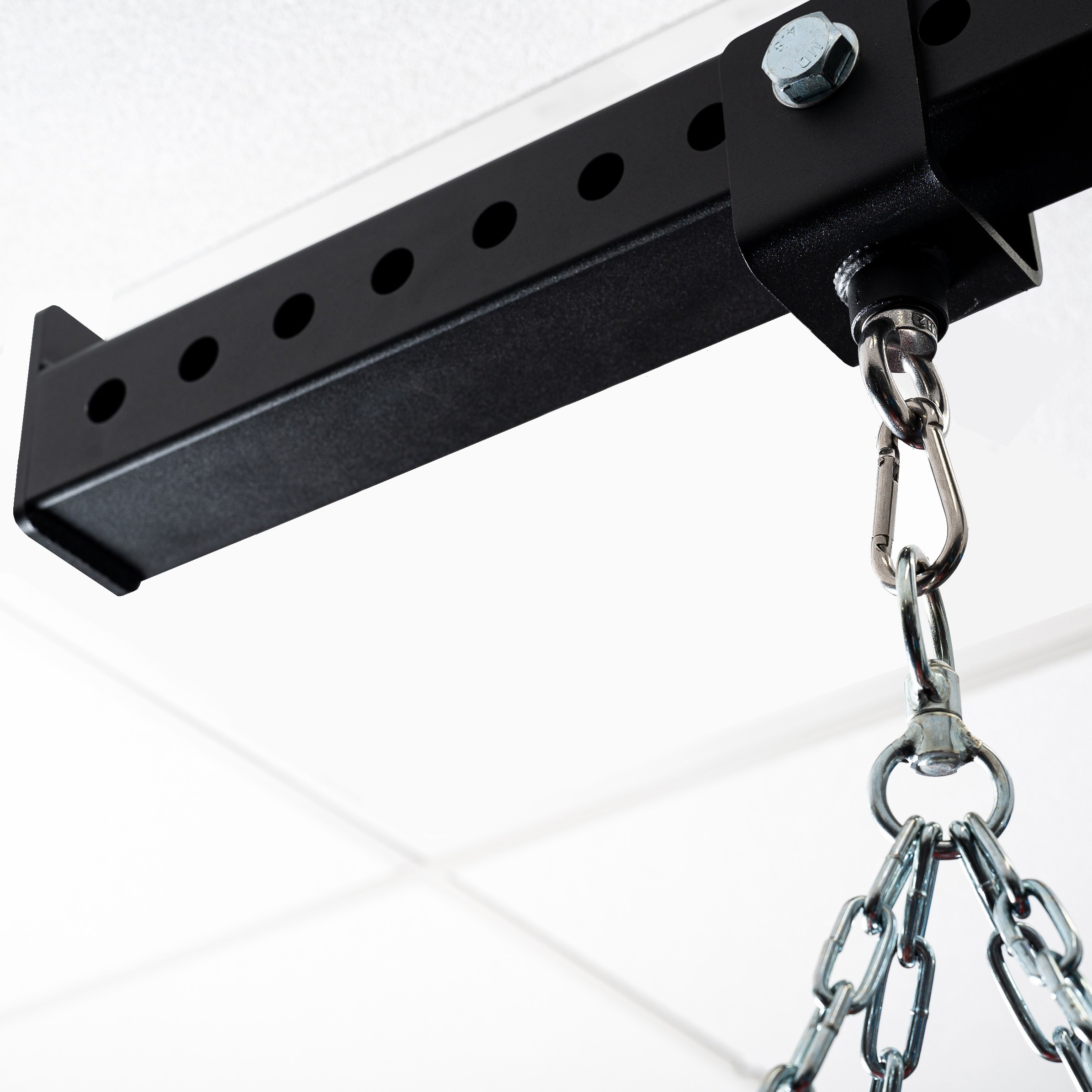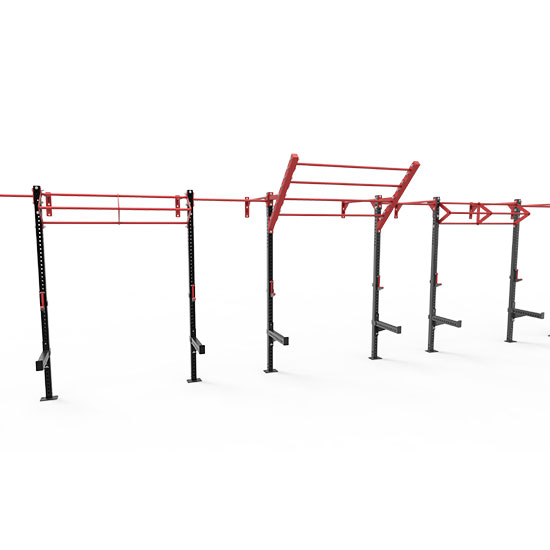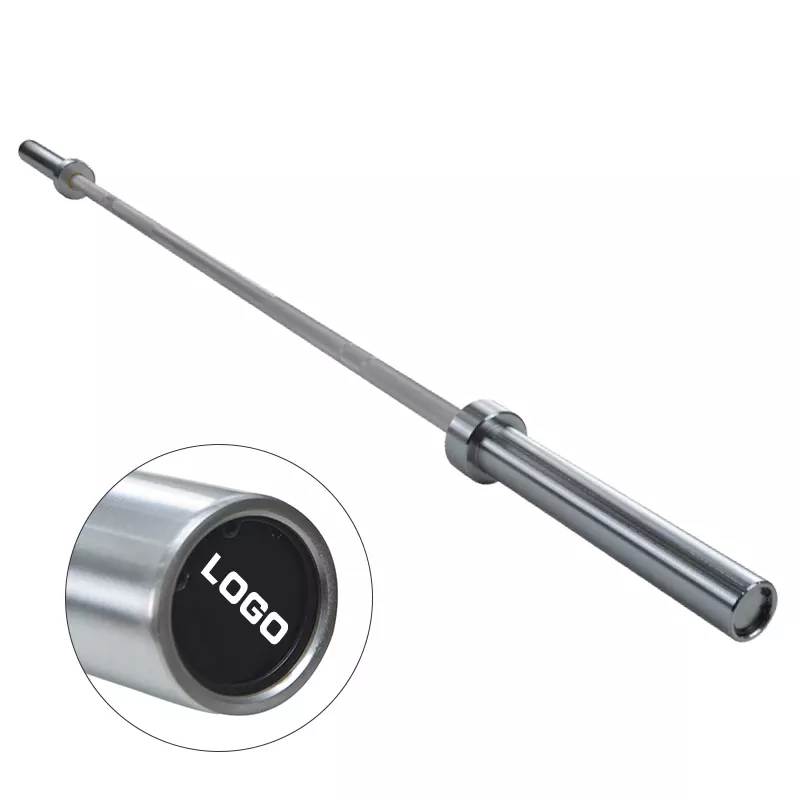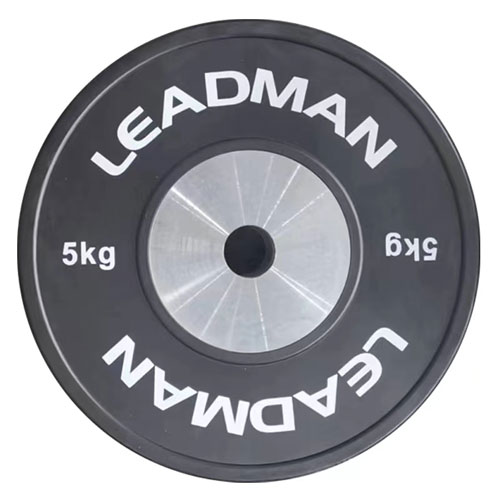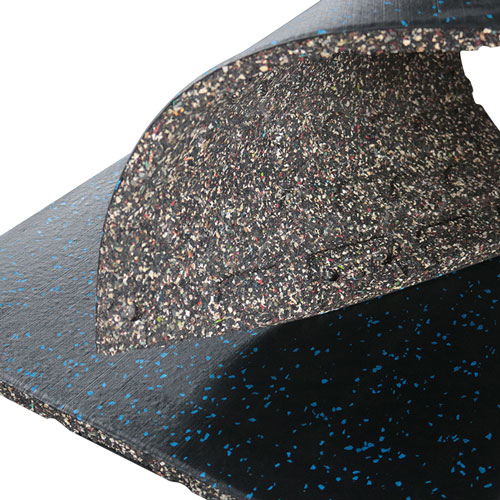ایک سستے یوگا چٹائی اور مہنگے میں کیا فرق ہے؟
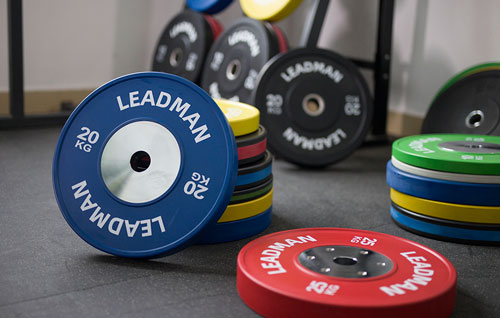
Remember that first yoga class? The excitement, the anticipation… then the unsettling feeling of your feet slipping on the mat during downward-facing dog, followed by a nagging knee ache from the paper-thin cushioning? That, my friends, was the yoga mat dilemma in action. The seemingly simple piece of equipment can significantly impact your practice, and choosing the wrong one can lead to discomfort, injury, and ultimately, a less enjoyable experience. While the price difference between yoga mats can be significant, the value proposition extends far beyond the initial cost. This post will explore the key distinctions between cheap and expensive mats to help you choose the right one for your needs and budget.
مادی معاملات: آپ کی مشق کی بنیاد
The material of your yoga mat is the cornerstone of its performance. Different materials offer varying levels of grip, cushioning, durability, and environmental impact. Let's delve into some of the most common options:
پیویسی (پولی وینائل کلورائڈ): PVC is ubiquitous in budget-friendly yoga mats. Its pros are undeniable: it's incredibly affordable and generally durable. However, PVC's cons outweigh its advantages for many practitioners. It's a non-biodegradable plastic, contributing to environmental pollution. More importantly, its slick surface often loses grip when wet, making it dangerous for sweaty practices like Bikram or hot yoga. The lack of cushioning also adds to discomfort during longer sessions.
TPE (تھرمو پلاسٹک ایلسٹومر): TPE is a more eco-friendly alternative to PVC. It's often touted as a sustainable option because it's recyclable and made from a blend of plastics rather than a single petroleum-based component. TPE mats usually provide decent cushioning and are generally more comfortable than PVC. However, they may not be as durable as natural rubber and can sometimes lose grip over time, especially with heavy use.
قدرتی ربڑ: Natural rubber mats offer superior grip, especially when sweaty, making them ideal for hot yoga and vigorous practices. They're naturally absorbent and often quite durable. From a sustainability standpoint, responsibly sourced natural rubber is a winner. However, natural rubber can be pricier than PVC or TPE. It might also have a strong initial odor that dissipates over time, and it's susceptible to mildew if not properly cleaned and stored.
دیگر مواد: A growing number of innovative materials are entering the yoga mat market. Cork mats offer excellent grip and are naturally antimicrobial, reducing the risk of mildew. However, they tend to be less durable and can be sensitive to moisture. Jute mats are another eco-friendly option, but their lack of cushioning and grip limits their suitability for certain practices. Microfiber mats are lightweight and easy to clean, but might not provide sufficient cushioning or grip for all styles.
گرفت اور استحکام: اپنے بہاؤ کے دوران قائم رہنا
Grip is paramount for safety and the overall quality of your practice. A mat that slips during challenging poses can lead to injury and frustration. Cheap mats, often made of PVC, often lack sufficient grip, particularly when your skin is wet with sweat. The surface might be smooth and offer little friction, leading to instability. In contrast, higher-quality mats made of natural rubber or textured TPE offer significantly enhanced grip, keeping you securely grounded even during intense flows. The texture plays a crucial role here: deeply textured surfaces provide more points of contact, enhancing grip and stability.
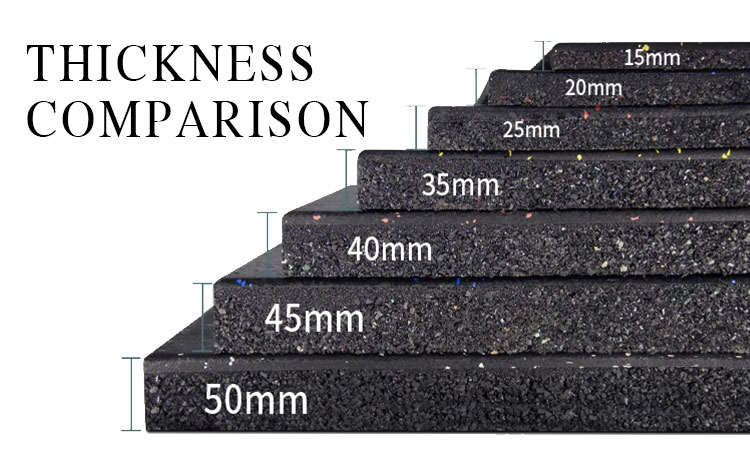
موٹائی کا موازنہ
کشن اور آرام: اپنے جوڑوں کی حفاظت
The thickness of your yoga mat is directly correlated to its cushioning. Thinner, cheaper mats offer minimal joint protection, potentially leading to discomfort or even injury during poses that place pressure on knees, hips, elbows, and wrists. Thicker, more expensive mats provide superior cushioning, absorbing impact and reducing strain on your joints. This difference is particularly noticeable during longer practices, where joint discomfort can significantly impair your performance and enjoyment. High-density foam provides superior cushioning compared to thinner, less dense alternatives.
استحکام اور لمبی عمر: طویل مدتی میں سرمایہ کاری
While a cheap mat might seem like a budget-friendly option upfront, its lack of durability translates to higher long-term costs. Cheap mats are prone to tearing, ripping, and general wear and tear, requiring frequent replacements. Higher-quality mats, on the other hand, are designed to withstand intense use and maintain their integrity over time. Consider the "cost per use": a more expensive mat that lasts for years might actually be cheaper in the long run than repeatedly replacing cheaper mats. Look for mats with reinforced edges to prevent fraying and tearing.
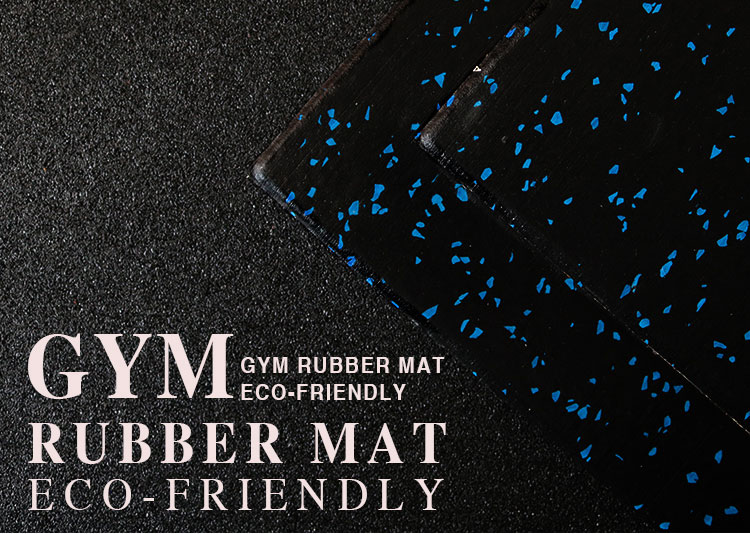
جم ربڑ چٹائی
ماحول دوست اختیارات: پائیدار انتخاب کرنا
The environmental impact of your yoga mat should be a key consideration. PVC production and disposal contribute significantly to pollution. Opting for eco-friendly materials like TPE, natural rubber (sourced responsibly), or cork reduces your environmental footprint. Look for certifications such as OEKO-TEX Standard 100, which guarantees the absence of harmful substances in textiles and ensures that manufacturing processes adhere to stringent environmental standards.
سائز اور وزن: صحیح فٹ تلاش کرنا
Standard yoga mat sizes generally range from 72 inches long and 24 inches wide, though variations exist. Taller individuals might prefer extra-long mats. Consider your height and practice style when choosing a size. Weight is another factor to consider, especially if you plan to transport your mat regularly. Lighter mats are easier to carry, while heavier ones might offer increased stability. Travel mats are designed for portability and compactness.
صفائی اور دیکھ بھال: اپنی چٹائی کو تازہ رکھنا
Proper cleaning and maintenance are vital for prolonging the life of your yoga mat and preventing the growth of mildew. Always check the manufacturer's instructions for specific cleaning recommendations. Generally, you should avoid harsh chemicals and opt for mild soap and water. Regular cleaning not only removes sweat and dirt but also helps maintain grip. Proper storage in a dry, well-ventilated area is also crucial to prevent mildew and damage.
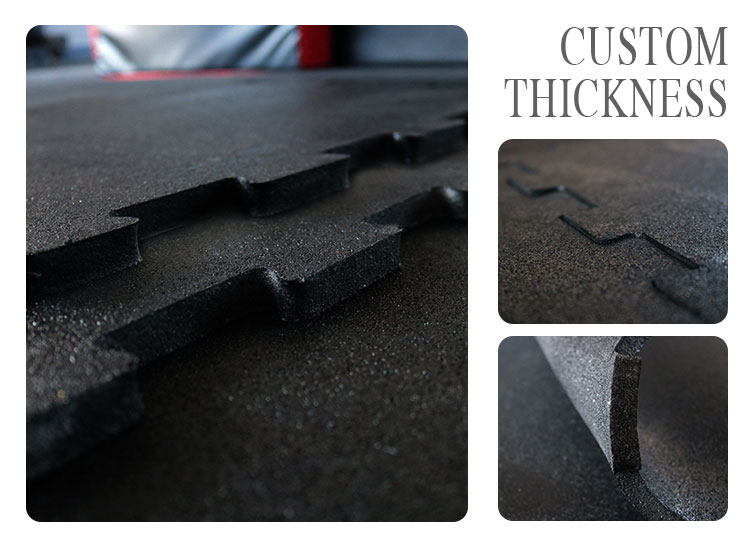
اپنی مرضی کے مطابق موٹائی
قیمت پوائنٹ کے تحفظات: قدر اور بجٹ میں توازن
Yoga mats range in price from under $20 for basic PVC mats to over $100 for high-end natural rubber or specialized mats. Understanding this price range is essential for informed decision-making. While budgeting is important, remember that investing in a high-quality mat can save money in the long run by reducing the need for frequent replacements. For budget-conscious consumers, TPE mats offer a good balance between price and performance. Those prioritizing grip and sustainability might choose a natural rubber mat, despite the higher cost.
نتیجہ: آپ کے لیے صحیح یوگا چٹائی کا انتخاب کرنا
The choice between a cheap and an expensive yoga mat boils down to a careful consideration of your individual needs and priorities. Cheap mats offer affordability but often compromise on grip, cushioning, durability, and environmental impact. Expensive mats offer superior performance in these areas, justifying the higher cost through longevity and enhanced practice quality. Ultimately, investing in a yoga mat that supports your practice, comfort, and well-being is a worthwhile investment. Choose wisely, and enjoy your flow!
اپنی یوگا چٹائی کے انتخاب اور اسے برقرار رکھنے کے بارے میں اکثر پوچھے گئے سوالات
1. سستی اور مہنگی یوگا چٹائی میں کیا فرق ہے؟
سستے یوگا میٹ اکثر پی وی سی سے بنائے جاتے ہیں اور یہ محدود گرفت، کشننگ اور پائیداری پیش کر سکتے ہیں۔ مہنگی چٹائیاں، جیسے کہ قدرتی ربڑ یا TPE سے بنی ہیں، بہتر گرفت، آرام اور طویل مدتی استحکام فراہم کرتی ہیں، جو آپ کی مشق کو بڑھا سکتی ہیں اور طویل مدت میں پیسے بچا سکتی ہیں۔
2. میں اپنی مشق کے لیے صحیح یوگا چٹائی کا انتخاب کیسے کروں؟
مواد (PVC، TPE، یا قدرتی ربڑ)، کشننگ کے لیے موٹائی، اور اپنی مشق کی قسم کے لیے گرفت جیسے عوامل پر غور کریں۔ گرم یوگا یا پسینے کی مشقوں کے لیے، اعلیٰ گرفت والی چٹائیوں کا انتخاب کریں، جیسے کہ قدرتی ربڑ۔ اگر پائیداری اہم ہے، تو کارک یا TPE جیسے ماحول دوست اختیارات بہترین انتخاب ہیں۔
3. میں اپنی یوگا چٹائی کو اچھی حالت میں رکھنے کے لیے اسے کیسے برقرار رکھوں؟
باقاعدہ صفائی کلید ہے۔ اپنی چٹائی کو صاف کرنے کے لیے ہلکے صابن اور پانی کا استعمال کریں، اور سخت کیمیکلز سے بچیں۔ پھپھوندی سے بچنے کے لیے اپنی چٹائی کو خشک، ہوادار جگہ پر رکھیں۔ بہترین طریقوں کے لیے ہمیشہ مینوفیکچرر کی دیکھ بھال کی ہدایات دیکھیں۔
4. کیا میں یوگا کی تمام اقسام کے لیے کوئی یوگا چٹائی استعمال کر سکتا ہوں؟
جب کہ بہت سی چٹائیاں ورسٹائل ہوتی ہیں، یوگا کی کچھ قسمیں، جیسے ہاٹ یوگا یا بکرم، میں اعلی گرفت اور نمی کے خلاف مزاحمت کے ساتھ چٹائیوں کی ضرورت ہوتی ہے۔ ان طریقوں کے لیے، قدرتی ربڑ یا بناوٹ والے TPE سے بنی چٹائیاں مثالی ہیں۔ آرام دہ یوگا جیسے نرم طریقوں کے لیے، ایک موٹی، تکیے والی چٹائی زیادہ موزوں ہو سکتی ہے۔

